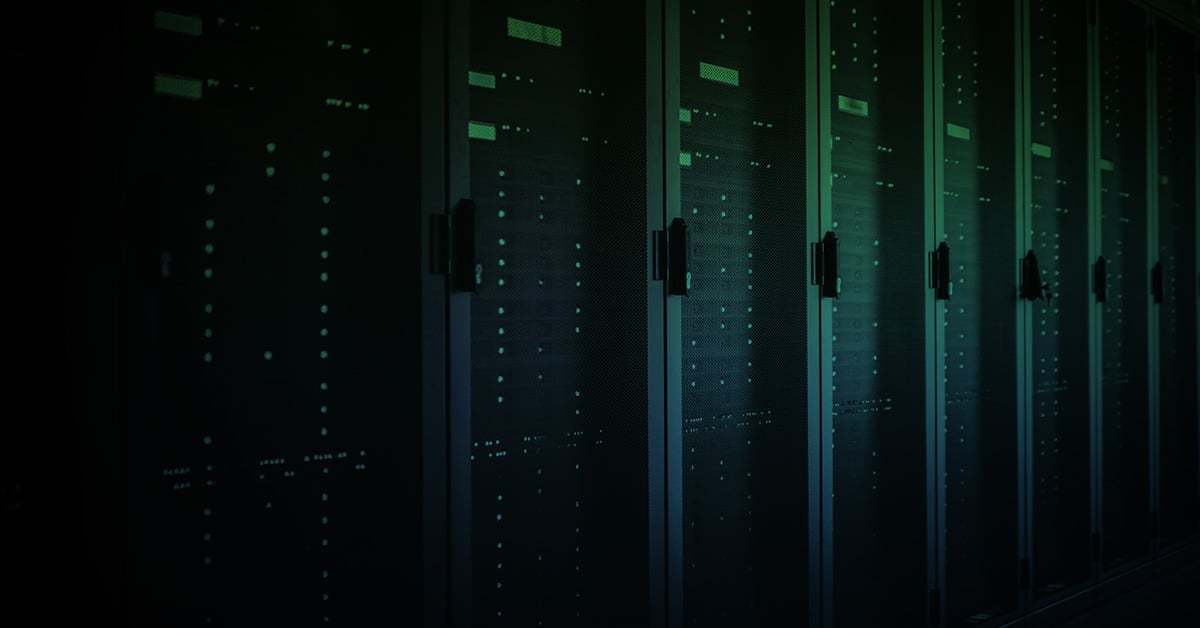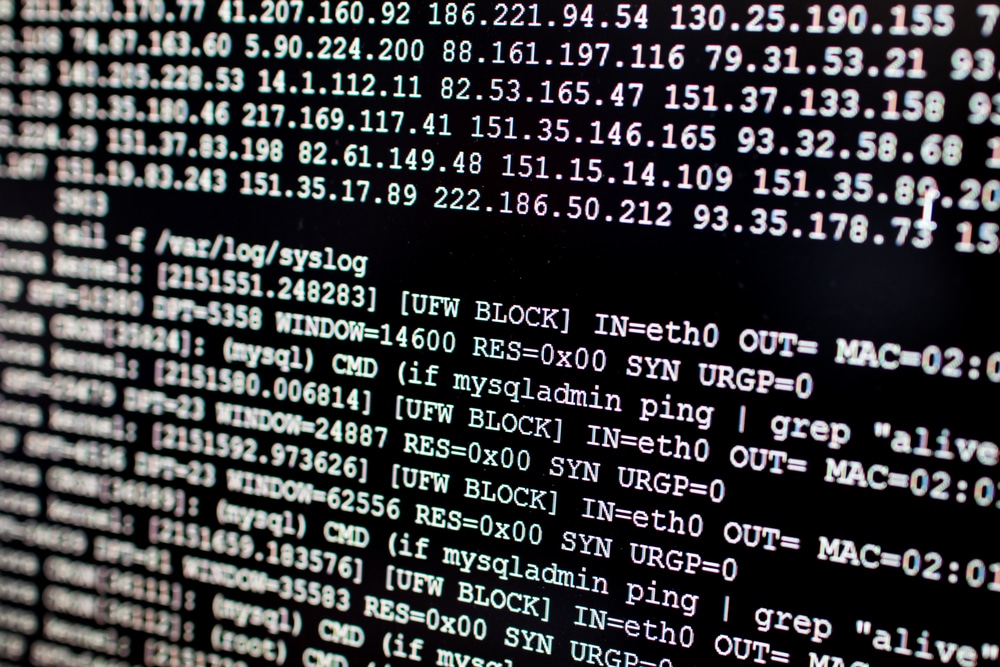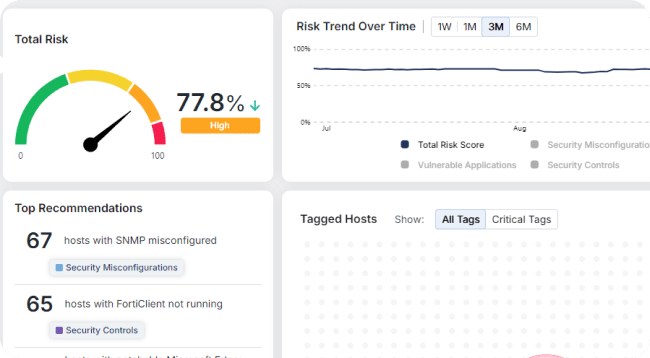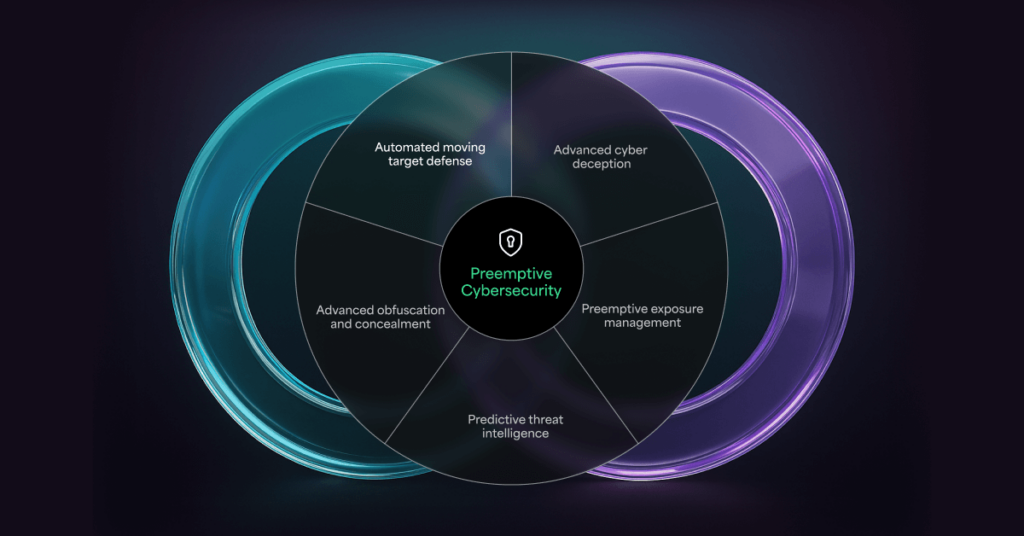Don’t Secure Linux Servers With Windows Solutions

For security professionals trying to secure Linux servers, purpose-built Linux solutions are frustratingly hard to come by. Even solutions marketed as protecting Linux servers are not purpose-built to defend against advanced threats like ransomware, fileless attacks, and targeted malware.
And unfortunately, solutions developed for Windows environments don’t fully cover the attack surfaces created by Linux server deployments—regardless of what a vendor’s marketing material says.
Linux and Windows Servers Now Face a Similar Threat Level
Linux has become a cornerstone of enterprise IT infrastructure, with approximately 45% of the global server operating system market now running on Linux. Its widespread adoption is largely driven by its flexibility, security, and cost-effectiveness—qualities that make it an ideal choice for mission-critical workloads.
More than one million companies globally rely on Linux today, particularly in support of cloud computing environments where reliability and scalability are essential. In fact, Linux powers at least 80% of public cloud workloads, serving as the foundation for major platforms like AWS, Microsoft Azure, and Google Cloud. This enterprise reliance underscores Linux’s role as the backbone of modern cloud infrastructure, favored by organizations seeking robust, vendor-neutral solutions to meet evolving digital demands.
As Linux continues to dominate the enterprise server and cloud landscape, it has also become an increasingly attractive target for cybercriminals. While Linux has long been considered more secure than other operating systems due to its strong permission model and open-source transparency, attackers are now actively adapting their tactics to exploit its growing footprint in modern IT environments. With millions of Linux servers running critical workloads across cloud providers, attackers view these systems as high-value targets—often hosting sensitive data, APIs, and applications that drive business operations.

One major trend fueling this shift is the rise of Linux-specific malware. According to CSO Online, Linux malware volume has been steadily increasing, with attack types ranging from cryptominers and rootkits to worms and ransomware. Threat actors are not just reusing Windows-based malware—they’re developing tools specifically tailored for Linux environments. These tools are often stealthy, leveraging the unique characteristics of Linux systems to evade detection, persist longer, and spread efficiently across containers, servers, and virtual machines.
More recently, advanced attack techniques such as fileless malware have emerged, which leave little to no trace on disk and are designed to operate entirely in memory. As Dark Reading reported, a new strain of fileless malware dubbed “Perfct1” has targeted millions of Linux servers globally, using process injection and runtime memory manipulation to avoid traditional detection methods. These attacks bypass endpoint protection solutions that rely on file scanning, making them particularly dangerous in cloud-native and DevOps environments where Linux systems are deployed at scale.
Additionally, the open-source ecosystem—often seen as a strength of Linux—is also being weaponized. BleepingComputer highlighted a recent incident where wiper malware was embedded within malicious Go modules hosted on GitHub. Developers who unknowingly integrated these modules into their projects risked introducing destructive malware into their environments. This underscores a growing risk in the software supply chain, where attackers exploit trust in public repositories to deliver Linux-based threats.
Together, these trends point to a new era in which Linux systems are no longer a niche target but a central focus of modern cyberattacks.
Windows Security Controls Don’t Fit
As organizations continue to expand their use of Linux across hybrid and cloud infrastructures, defending against these evolving threats requires a proactive, prevention-first approach—especially against sophisticated, fileless, and undetectable attack techniques.
Solutions developed for Windows can’t do this. Unlike Windows server environments, Linux operating environments keep resource use at the bare minimum. This leaves little space for security solutions that require constant scanning to work. But solutions like EDR and traditional and next-generation antivirus (NGAV) are major resource-hogs that negatively impact end-user performance.
To avoid false positive alert overload, most tools used to protect Linux are down-tuned by vendors and security teams to the point where they increase breach risk.

Due to different processes, control systems, and applications, Linux cloud deployments don’t fit the Microsoft mold of cloud workload protection.
With resources at a premium, the traditional paradigm of signature-based defense is incompatible with Linux servers’ security needs. Instead of relying on recognizable threat signatures, a fit-for-purpose Linux security solution will make both on-premises and cloud Linux instances safe against advanced threats.
Secure Linux Servers with Morphisec
Morphisec delivers a preemptive cyber defense approach that stops attacks before they can execute—without relying on indicators of compromise, signatures, or behavioral analysis. This prevention-first strategy is essential for Linux environments where traditional detection-based tools fall short against fileless, evasive threats like ransomware and memory-based malware.
At the core of Morphisec’s Linux protection is a kernel-less agent—a new lightweight architecture that eliminates the need for kernel modules. This results in faster, more reliable deployments across varied environments without compromising stability or compatibility. Morphisec supports all major Linux distributions, including Red Hat, Ubuntu, CentOS Stream, Amazon Linux, and more, making it easy to protect diverse infrastructure at scale.
Our Anti-Ransomware Assurance Suite uses decoy files to proactively detect and block ransomware activity before any damage occurs. This layer mimics high-value assets to lure ransomware into revealing itself, triggering real-time protection that neutralizes the threat instantly. Combined with Morphisec’s patented Automated Moving Target Defense (AMTD) technology, Linux systems gain robust, zero-noise protection against both known and unknown attacks.
Deployment and management are simplified with a thin installer that works across operating systems with minimal overhead, along with centrally managed protection policies and central update capabilities through the Morphisec console. Security teams also benefit from vulnerability and application inventory visibility, enabling them to identify gaps and reduce risk across their Linux environments.
Morphisec’s Linux protection equips organizations with an agile, proactive defense layer—one that prevents the most advanced threats from gaining a foothold and secures critical infrastructure without the complexity of legacy solutions.
To learn more book a demo to see Morphisec in action.
Stay up-to-date
Get the latest resources, news, and threat research delivered to your inbox.




















